10 Incredible Soviet Fighter Aircraft that never entered service
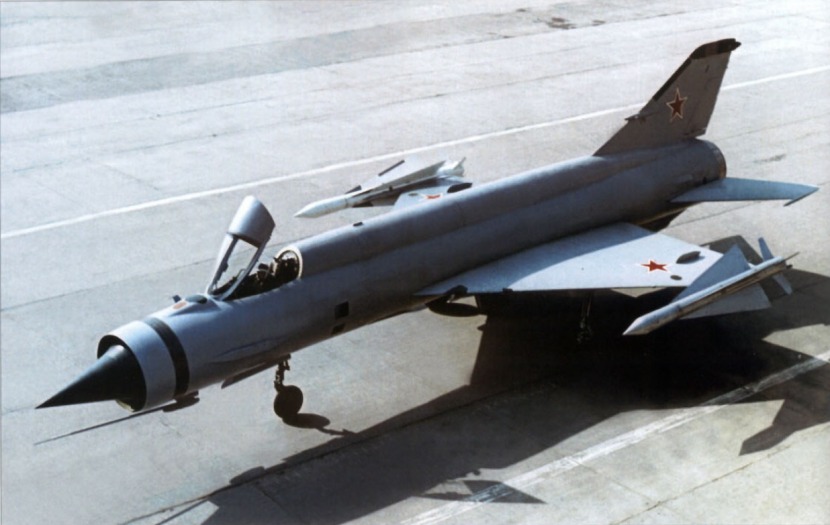
Faced with such a mouth-watering menu of Soviet fighter projects that never entered service, it was almost painful to select a mere ten. I won’t promise anything, but when the Hush-Kit writers are next sufficiently sober we may create a part two.
To keep this blog going, allowing us to create new articles- we need donations. We’re trying to do something different with Hush-Kit: give aviation fans something that is both entertaining, surprising and well-informed. Please do help us save the Hush-Kit blog. Our site is absolutely free and we have no advertisements. If you’ve enjoyed an article you can donate here. Your donations, however big or small, keep this going. Thank you.

In the 1980s, the Mikoyan design bureau tinkered with a simple, single-engine warplane similar in concept to the original version of Lockheed’s F-16 lightweight fighter. Like the F-16A, the new Soviet plane would be simple, manoeuvrable and inexpensive.
Powered by a single RD-33/39-powered FC-1, the FC-1 (also known as the JF-17) today is one of Pakistan’s most important fighters, serving alongside — you guessed it — F-16s.
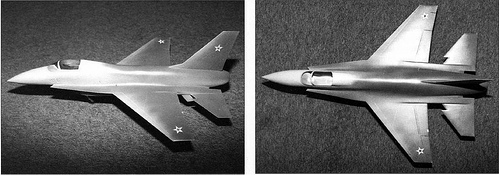
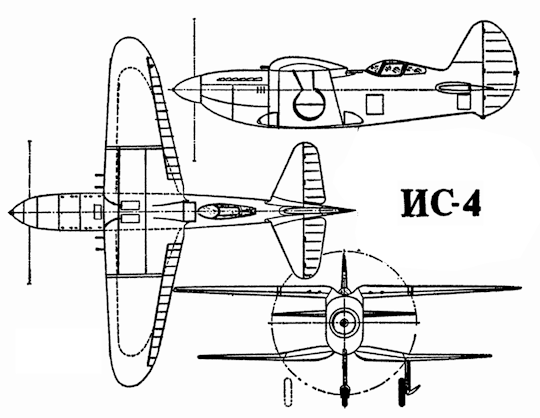
Picture the scene: it’s the late thirties, you are aircraft designer Vasili Nikitin and you are puzzling out the future of the fighter aircraft whilst living in the terrifying day-to-day world of Stalin’s Soviet Union. Yakovlev came up with a nice little fighter and was given a car. Yet Polikarpov showed a bit too much cockiness and was thrown in jail. And right now everything is awkward: The speed of the monoplane seems to be pointing the way to the future yet the biplane still has superior manoeuvrability, short field performance and climb-rate. What the hell are you supposed to do? Suddenly up pops seemingly crazed test-pilot Vladimir Shevchenko who explains over a couple of cups of kvass how you could achieve both in the same airframe with a hare-brained scheme he dubs the ‘folding fighter’. Against all better judgement the entire lower biplane wing hinges and retracts into the fuselage side and upper wing, transforming the handy but slow biplane into a sleek monoplane at the flick of a switch. You wonder if the idea is insane – but after due consideration you decide it may well be the next big thing in aerospace technology
Somehow the approval of the Chief Directorate of the Aviation Industry was obtained, and a folding fighter was built: the IS-1. Amazingly for such a seemingly radical machine it performed excellently. A productionised version dubbed the IS-2 was quickly developed but its monoplane abilities were insufficiently competitive and Nikitin devised the considerably more formidable IS-4. The design of the wing(s) remained basically unchanged but this is where the similarity ended as the IS-4 was to be fitted with a bubble canopy, tricycle undercarriage and the M-120: a 16-cylinder X-configuration engine delivering 1650 hp. With the M-120 engine a top speed of 447 mph was forecast in monoplane configuration, heady stuff indeed for 1941, yet transformed into a biplane a landing speed of merely 66 mph was projected. An aircraft offering this astonishing breadth of performance would have been invaluable for the Soviet air force, especially early in the war when their fighters were required to operate from rough fields where the docility and inherent STOL capability of a biplane would have been greatly appreciated. It is also worth pondering what might have been had the design been known to the contemporary outside world, the folding fighter concept has obvious potential for carrier based aircraft for example. Likewise the inherent liabilities of the type were never to be operationally evaluated, what would happen if the lower wing deployed asymmetrically for example? Nikitin had designed a lock to prevent this from occurring yet who knows what would happen in combat. Similarly the undercarriage could not be lowered in monoplane configuration. Were the wing and wheels to stick ‘up’ for any reason the resulting forced landing would be highly dangerous and almost definitely result in the loss of the aircraft.
But this was all to remain academic as fate intervened (as for so many other hopeful Soviet armament projects) in the form of a massive German invasion curtailing work on promising new aircraft to concentrate on existing types. To be fair, things had already begun to unravel somewhat for the IS-4 when the M-120 engine was cancelled and the lower-powered Mikulin AM-37 (as fitted to the less than spectacular MiG-3) had to be substituted as the only alternative inline power unit available. Nonetheless the IS-4 was apparently flown in the summer of 1941 but records of what flight testing was done were lost when the design bureau and workshop were evacuated ahead of the advancing German forces.
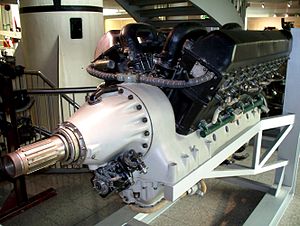
An engine, yesterday.
Despite the recorded completion and flight of the IS-4, I have searched online for nearly five whole minutes and not been able to find a single photograph of the complete aircraft. There’s three-views and an oft-reproduced drawing of the aircraft in its M-120 engined form hurtling skyward in dramatic fashion but that’s about it. Given that every other obscure fighter I can think of has at least turned up in at least one photograph (even the long lost PZL.50 Jastrząb) it does seem to cast doubt on the flight claims of this amazing aircraft. Or maybe I just didn’t look hard enough. However the cancellation of the IS-4, whether or not it actually flew, brought to an end the development of the world’s first serious attempt at a variable-geometry fighter, closing the door on a conceptually unique aircraft that appeared to have a great deal of potential.
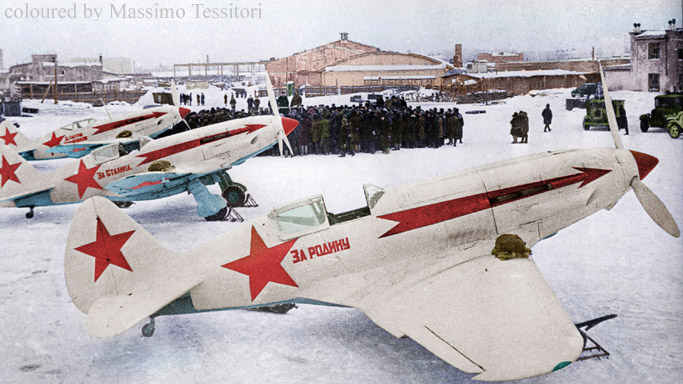
The less than stellar MiG-3.
8 ‘Article 468’
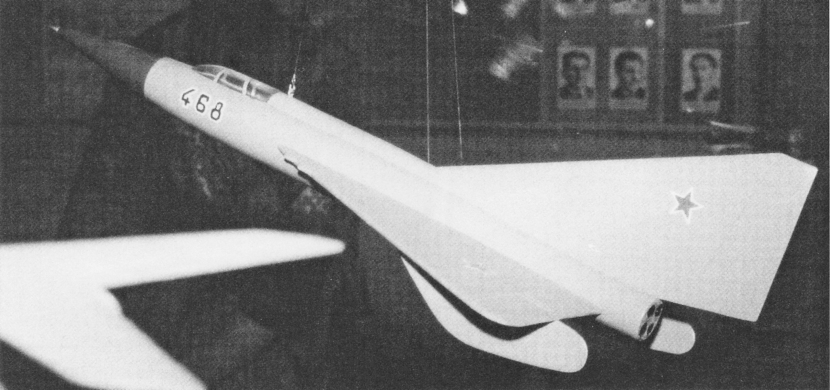
No-one but the Soviet Union could name things as well without naming them. Just take the satellite planned to be the first manmade device in space that was given the mundane and yet somehow awesome moniker ‘Object D’. Another example of this minimalist naming policy was a rocket-powered interceptor developed by the research institution OKB-2 in the late 1940s, ‘izdeliya (article) 468’. The 468 was somewhat ambitious for the late 1940s, an era when the major military nations expected fleets of supersonic bombers penetrating their airspace at high altitude would be the main threat in the immediate future. The Soviet Union had been working on rocket-powered research aircraft since the early 1930s, and work on a rocket interceptor, the B1, began in earnest in 1940. In many ways, the 468 was the culmination of this effort – a slender dart with surprisingly small delta wings and a surprisingly huge tail fin, aided by large fins under the wings that also housed the landing skids.
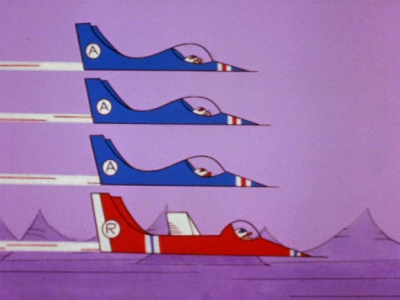
It is not known if stolen Soviet plans aided the design of Roger Ramjet’s aircraft.
The Soviet space programme proved there was nothing wrong with its rocket technology. In truly Dan Dare fashion, the 468 would take off using a rocket-powered dolly, before using its multi-chamber, four-nozzle liquid rocket motor to climb 72,000 feet in two and a half minutes, guided to its target at up to Mach 2 by radar in the nose. The design was expected to be impressively stable in flight but would have been interesting to land, given that its wing loading was more than double that of standard contemporary fighters. It’s a shame that none of the many pure-rocket interceptors of the late 40s and early 50s made it into the air, especially the 468, which made aircraft appearing 20 years later look a bit staid. All that remains of the 468, following its cancellation in 1951, is a wind-tunnel model at the museum of technology at Dubna.
-Matt Willis Naval Air History

Nikolai Polikarpov’s I-185 was an excellent aircraft stymied by engine trouble, politics, timing, and outright bad luck. It should have been the finest fighter the USSR fielded during the Great Patriotic war with 2000hp on tap, slightly smaller than a Grumman Bearcat but weighing 1900 lb less in normal loaded condition, faster than the contemporary Bf 109F at all altitudes up to 20,000 feet, its handling was immeasurably better and it was recommended for immediate production in the Autumn of 1942. Yet it ended up merely an also-ran. The problems began way back in 1937 when Polikarpov’s incredibly successful I-16 was fighting in the Spanish Civil war. Republican forces captured a Messerschmitt Bf 109B which was evaluated thoroughly by a team of Soviet experts. The consensus was that the 109 was inferior in virtually every regard to the latest I-16 Type 10. Whilst this was true, it was unfortunate that the Soviets failed to envisage the incredible rate of development of the 109; had they captured one of the considerably better 109Es that were fielded in Spain in the latter stages of the Civil war it might have encouraged greater urgency in developing a successor to the I-16. As it was, work on an I-16 replacement proceeded in a somewhat leisurely fashion and aimed for rather conservative performance improvement.
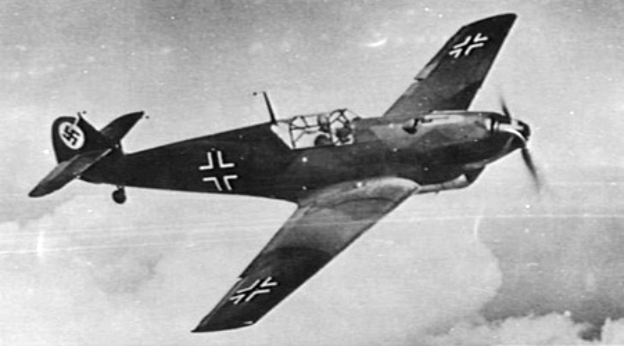
The early Bf 109s were considered inferior to the Soviet I-16 Type 10s in almost all regards.
The fighter that emerged was the named I-180 and looked very much like stretched I-16. Development seemed to be going well until December 1938 when the test pilot Valeri Chkalov was killed in the prototype. Unfortunately for Polikarpov, Chkalov was a bona fide national hero of immense popularity. Whilst his body lay in state and was visited by all the principal military and civil dignitaries, the NKVD started arresting members of the design team on suspicion of sabotage. It is said that only the personal intervention of Stalin prevented Polikarpov himself being packed off to the gulag. Work continued on the new fighter, though the programme was somewhat under a cloud. Meanwhile Chkalov’s home town was renamed in his honour and in 1941 a biopic of his life was made entitled ‘Red Flyer’.
After Chkalov’s death a major redesign was implemented and the resulting I-180S looked a lot less like the I-16 which had spawned it. Unfortunately for the new fighter two prototypes were lost in spins in quick succession resulting in the death of another test pilot, Tomass Susy. Although 10 pre-series examples were built during 1940 the performance of the aircraft was tacitly admitted to be lagging behind world-class and a further redesign was undertaken. The resulting aircraft was the I-185 and it was intended for either the M-90 or M-71 engine offering nearly double the power of the M-88 fitted to the I-180S. Both engines were troubled but the M-90 particularly so and it was abandoned. The M-71 eventually achieved sufficient reliability to power the first I-185 to fly in February 1942. The aircraft flew beautifully and the M-71 was getting over its teething troubles, when it functioned properly the performance was spectacular (a speed of 426 mph was ultimately to be recorded) and the future finally should have looked rosy for Polikarpov’s purposeful fighter.

Chkalov meeting one of the Mario Brothers.
However, by this time everything had been thrown into chaos by the Germans having invaded and begun their headlong rush towards Moscow. The Soviets needed lots of fighters immediately and didn’t have the luxury of waiting for promising prototypes. Unpopular but available fighters were produced in their thousands and gradual evolution rather than completely new types ultimately yielded the two major Soviet fighter series from Lavochkin and Yakovlev. Yet the I-185 was so good that it refused to die. In November 1942, the three prototypes were sent to the front to be evaluated under operational conditions. The report was unambiguously favourable: “The I-185 outclasses both Soviet and foreign aircraft in level speed. It performs aerobatic manoeuvres easily, rapidly and vigorously. The I-185 is the best current fighter from the point of control simplicity, speed, manoeuvrability (especially in climb), armament and survivability.” Plans were begun to start production forthwith and a ‘production standard’ aircraft was completed. Unfortunately the engine failed and it crashed. Development continued with the original three prototypes, one of which crashed and killed its pilot after another engine failure in January 1943. The M-71 was rapidly being considered a dead end.Plans to produce the I-185 with the reliable but lower-powered M-82 were eventually abandoned as the M-82 was required for the inferior (but good enough) La-5 that, crucially, was already in production and the I-185 programme was formally cancelled in April 1943, finally depriving the Soviet Union of its finest piston-engined fighter. A little over a year later Nikolai Polikarpov was dead and his design bureau was eventually absorbed into Sukhoi.
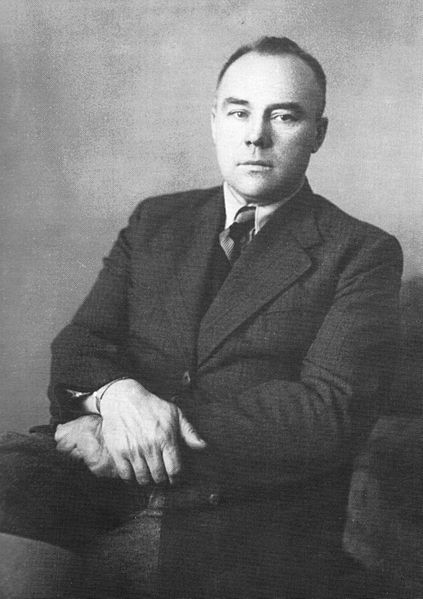
In 1939 Nikolai Polikarpov was ordered to take a work trip to Germany. While he was away, all his mates fucked him over. His plant director, chief engineer, and the design engineer Mikhail Gurevich suggested a new fighter (the I-200) and got the go-ahead from Artem Mikoyan (whose brother was a senior politician- just saying). On his return, poor Polikarpov found that his bureau no longer existed, with his engineers at the new MiG bureau. Just goes to show, never go on holiday if you work with knobs.
6. Sukhoi Su-47 Berkut
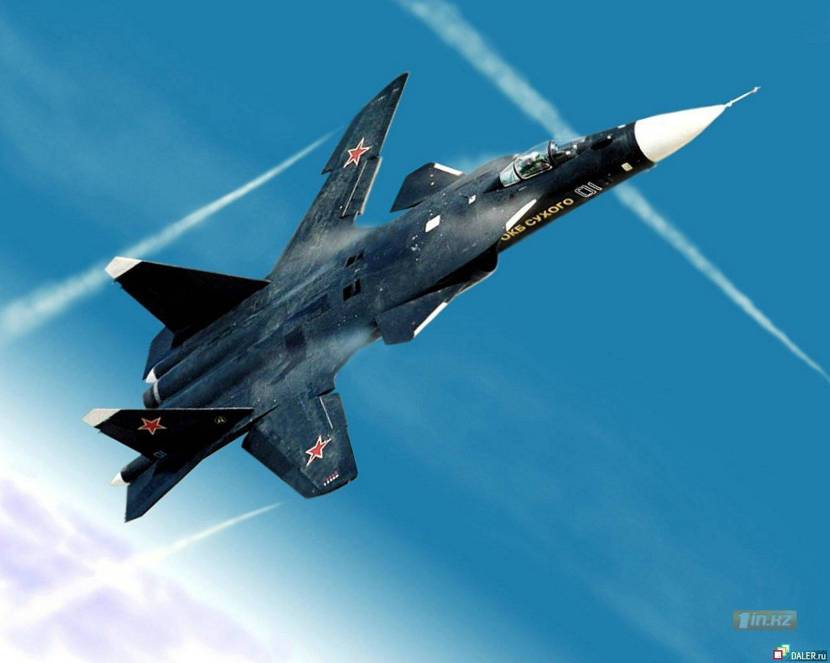
While the US was entranced by stealth, Russia was seduced by super-manoeuvrability. A fighter based on the Su-47 Berkut would have been incredibly agile.
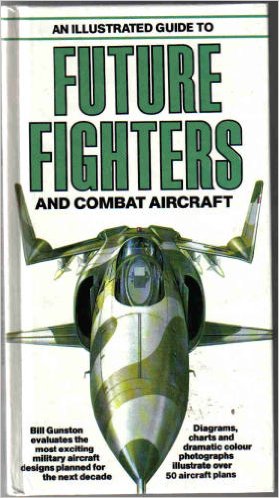
In some parallel universe where Salamander’s Future Fighters is an aviation history book, crowds at airshows today are wowed by weird-looking fighters performing impossible manoeuvres, with their wings seemingly stuck on back-to-front. Here production versions of the Grumman X-29, British Aerospace P.1214 rub shoulder-pads with Russia’s Sukhoi Su-47 Berkut – a forward-swept wing (FSW) experimental heavy fighter from the 1980s. Like shoulder-pads, FSWs were briefly fashionable in the 1980s, as they promised enhanced agility, lower take-off and landing distances and better controllability at high angles-of attack.
While Russia had toyed with a captured Ju-287 bomber after the war and tested their own Tsybin LL-3 in 1948, the concept had to wait for fly-by-wire technology and composite materials for designers to be able to create a practical aircraft – because of the extreme instability and the strong wings needed.
Enter Sukhoi, which in 1983, was given the go-ahead to develop the Su-47 (originally Su-37) demonstrator – based on the Flanker family but with fly-by-wire, forward swept wings and canards.
The Su-47’s development was disrupted by the end of the Cold War and it didn’t get into the air until 1997, a dark time for Russian aviation (though Sukhoi was in a better position than most thanks to Flanker export sales) Technology, too, had moved on.

The truly extraordinary Belyayev DB-LK swept-forward wing bomber of 1940 will be covered in our forthcoming article on cancelled Soviet bombers.
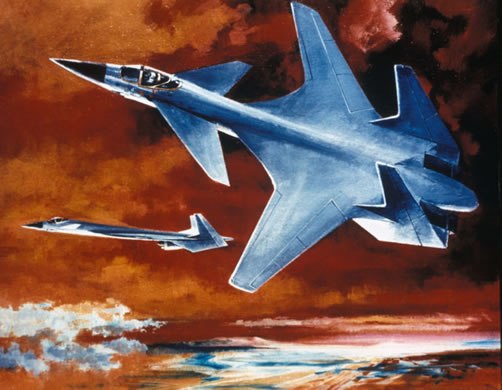
Another company interested in forward-swept wing was Northrop. This advanced tactical fighter concept is from the 1980s, and it bears interesting comparison with the Berkut.The Su-47’s development was disrupted by the end of the Cold War and it didn’t get into the air until 1997,
While its fly-by-wire controls and composite structure undoubtedly fed into Sukhoi’s Su-35 and PAK-FA programmes – its radical forward swept wings did not. FBW and thrust-vectoring means the Su-35 today can perform jaw-dropping aerobatics without needing canards or FSWs. Stealth too, where the alignment of edges is the first step in lowering RCS, would also present a unique problem for anyone designing a FSW fighter now. While only one was made, the Su-47 still looks unbelievable cool.
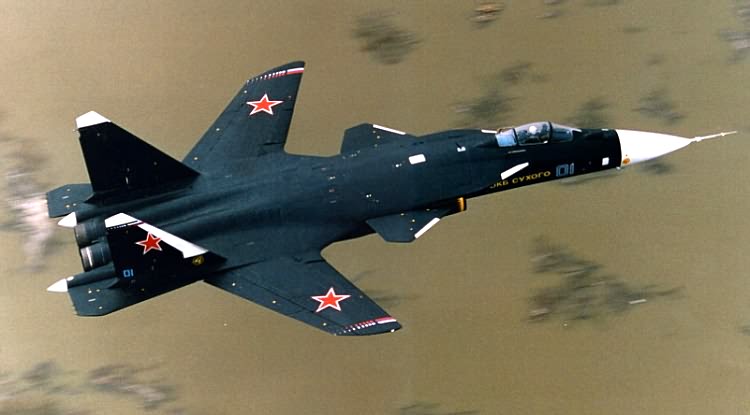
Tim Robinson, Editor-in-Chief. AEROSPACE magazine @RAeSTimR
5. Sukhoi Su-37/S-37
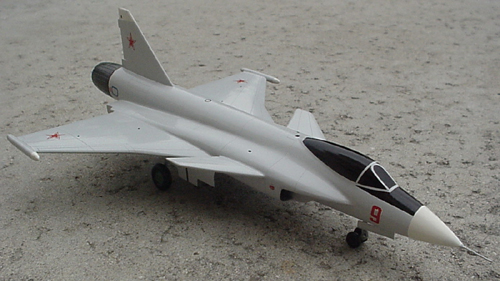
As the Cold War was reaching its (thankfully low key) climax, the craze across the fighter houses of Europe was for canard-deltas. Soviet designers had been studying canard foreplanes on jet fighters since the 1950s, and were re-awakened to the idea by both advances in flight control software and the Western trend. It was at this time, in the late 1980s, that Sukhoi was considered a new ground attack aircraft. It was planned that it would combine the canard delta configuration with several unusual features.
The Sukhoi bureau developed plans for what was dubbed ‘Su-37’ or ‘S-37’ (this designation was later recycled for a ‘Flanker’ variant, which is unrelated to this project) as a single-engined single-seat fighter. Learning from experience in Afghanistan the ’37 was designed to replace Soviet Aviation’s ‘Fitters’, Floggers and Frogfoots (or is it Frogfeet?). Again echoing trends in West defence planning, the Su-37 was intended to combine the ground attack and air-to-air role, with an emphasis on the first role. Consequently, it had 18 external hard points able to carry 8300kg of stores together with an internal 30mm gun. Of contemporary Western aircraft only Tornado could lug more around and they’re not as pretty. To assist the pilot in carrying out these disparate roles an ambitious avionics package was planned with multi-mode radar capable of terrain following and simultaneous tracking of up to 10 targets against background clutter.

An integrated electro-optical system and defensive aids suite (DAS) were also planned, today technologies found on the F-35. Unlike the F-35 it also had 800kg of armour plate for the pilot and other sensitive areas. To reduce vulnerability on the ground it also, oddly for a non-naval aircraft, had folding wingtips allowing more to be packed into a hardened air shelter Alas with the ending of the Cold War funding for this supersonic Sturmovik was not to be and instead we enthusiasts of Russian metal must be content with endless tedious Flanker derivatives.
— Bing Chandler, former Lynx helicopter Observer (now works in flight safety)
4 Yakovlev Yak-43

Russia (and the Soviet Union) is often accused of stealing US aircraft concepts and technologies. In reality there has been give and take (as well as similar design solutions resulting from parallel teams working to solve similar problems).
That Lockheed bought research from Yakovlev on the STOVL propulsion system of the Yak-41 (or 141 if you prefer) is pretty notable. The Yak-41, impressive though it was, was merely a stepping stone to the formidable Yak-43 fighter. The Yak-43 would have been far faster and versatile than the Harrier, with a performance comparable to the MiG-29. The tumultuous transitional period that made the collaboration with Lockheed possible also killed the Yak-43, but its DNA lives on today in the F-35B.
Ten best fighters radars here
Analysis of latest fighter aircraft news here
3. Grokhovsky G-38

Source: Deviant Art
In the mid-1930s, the concept of the ‘cruiser fighter’/ ‘Zerstörer’ was very popular in design and planning circles. The Grokhovsky G-38 was one of many examples of this class of fighter that never left the drawing board. It was a twin-boom, multi-seat heavy fighter comparable in concept to the Dutch Fokker G.1 or American Lockheed P-58 ‘Chain Lightning’. The G-38, however, was remarkable in a number of respects, most significant of which was the execution of the twin-book concept. The Fokker and the Lockheed were large, bulky, even clumsy aircraft, as was the original take on the G-38. When Grokhovsky hired the young Pavel Ivensen to work on the project, however, the aircraft was transformed into something rather exciting. Ivensen started from a clean sheet. The new G-38 was tiny for a three-seat aircraft, with a wingspan of 13.4 m (compared with 16 m for the P-38 and 17 m for the Fokker G.1) and ultra-neat packaging. The crew were contained in a torpedo-shaped pod faired into the broad wing centre-section, and the two Gnome-Rhone radial engines tapered to super-slender booms. It had an incredibly low frontal area for an aircraft of its class, and a high wing loading for the time, and it’s safe to say that it would have been fast. Most remarkable of all was the fact that the preliminary designs were approved in 1934, making the highly modern looking G-38 contemporary with the Hawker Hurricane and Curtiss P-36. Had it not been cancelled (for ‘unknown reasons’, around the time of the major Stalinist purges), it is intriguing to consider what the aircraft might have done for the otherwise lacklustre heavy fighter class.

In 1932, the Soviet air force began a classified project to produce a purpose-built ramming fighter. This effort, dubbed Project ‘Taran’ (battering ram) considered various manned and unmanned solutions before settling on Grokhovsky’s G-39 project. Grokhovsky was a highly-skilled pilot, aircraft designer and inventor; he created the world’s first cotton parachutes, and designed items as varied as cargo containers for airborne troops, rocket artillery, armoured hovercraft and even a weaponised snowmobile (it is not known whether the Saatchi artist Katya Grokhovsky, below, is a descendant). 
The G-39 design was a monoplane pusher with rudders on the outer sections of the wing instead of a conventional tail unit. The most unusual feature of the G-39 was its weapon: two steel wires running from a boom on the nose to the wingtips, intended to slice through enemy aircraft. In case the wires snapped, the wing’s leading edges were made exceptionally strong. The exceptionally brave (or unfortunate) G-39 pilots would have had a degree of protection from a retractable bullet-proof windscreen. This extremely strange machine was readied for flight in 1935, but refused to take-off. With its 100hp engine, the G-39 was woefully underpowered. Work on the G-39 was discontinued. Like many others, he would was crushed by Stalin’s brutal state- Grokhovsky was arrested in 1942 and died in prison four years later.
- Mikoyan-Gurevich Ye-150 family
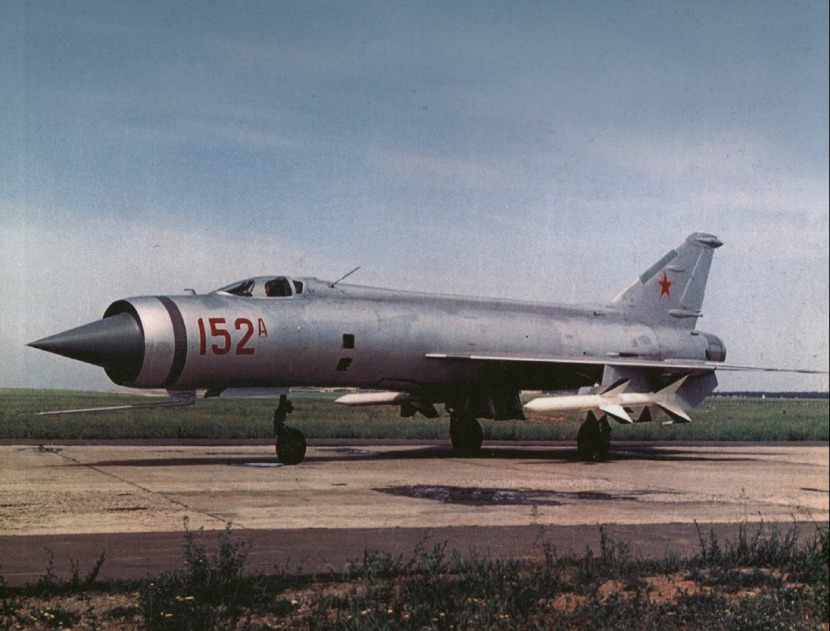
Ye-150 series were wildly high performance heavy interceptors. They could out-drag and out-climb any fighter in the world, and they also looked exceptionally mean. Despite taking its first flight in 1959, the Ye-150 could reach an astonishing Mach 2.65 (some sources claim even higher speeds) and could reach altitudes above 69,000 feet (remarkably all of this was achieved with the same installed thrust as today’s rather more pedestrian Gripen). This series of four experimental fighter prototypes were built in the effort to create a new, highly automated fighter to defend the Soviet union against a proliferating Western threat (including the supersonic bombers like the B-58- then in development). To catch and destroy these fast high-flying intruders the interceptor was to be automatically steered under the guidance of ground radars before engaging its own cutting-edge detection and weapons system. But it was a case of too much too soon; the ferociously exacting requirements on the electronics, missile and powerplant were too demanding, and each suffered severe delays and development problems. What could have been the best intercepter in the world was cancelled in 1962.
Thank you for reading Hush-Kit. Our site is absolutely free and we have no advertisements. If you’ve enjoyed an article you can donate here. Follow my vapour trail on Twitter: @Hush_kit
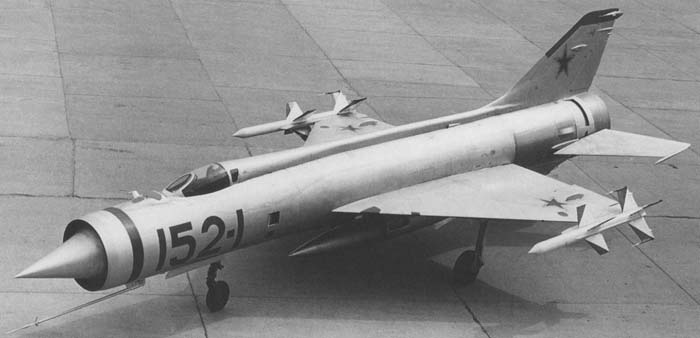
Thank you for reading Hush-Kit. Our site is absolutely free and we have no advertisements. If you’ve enjoyed an article you can donate with the donate button (at the top and button of this apge)– it doesn’t have to be a large amount, every pound is gratefully received. Suggested donation £10.
At the moment our contributors do not receive any payment but we’re hoping to reward them for their fascinating stories in the future.
You may also enjoy 11 Cancelled French aircraft or the 10 worst British military aircraft, Su-35 versusTyphoon, 10 Best fighters of World War II , Su-35 versus Typhoon, top WVR and BVR fighters of today, an interview with a Super Hornet pilot and a Pacifist’s Guide to Warplanes. Flying and fighting in the Tornado. Was the Spitfire overrated? Want something more bizarre? Try Sigmund Freud’s Guide to Spyplanes. The Top Ten fictional aircraft is a fascinating read, as is The Strange Story and The Planet Satellite. The Fashion Versus Aircraft Camo is also a real cracker. Those interested in the Cold Way should read A pilot’s guide to flying and fighting in the Lightning. Those feeling less belligerent may enjoy A pilot’s farewell to the Airbus A340. Looking for something more humorous? Have a look at this F-35 satire and ‘Werner Herzog’s Guide to pusher bi-planes or the Ten most boring aircraft. In the mood for something more offensive? Try the NSFW 10 best looking American airplanes, or the same but for Canadians. 10 great aircraft stymied by the US.
You may also enjoy top WVR and BVR fighters of today, an interview with a Super Hornet pilot and a Pacifist’s Guide to Warplanes. Want something more bizarre? The Top Ten fictional aircraft is a fascinating read, as is The Strange Story of The Planet Satellite. Fashion Versus Aircraft Camo is also a real cracker. a
“If you have any interest in aviation, you’ll be surprised, entertained and fascinated by Hush-Kit – the world’s best aviation blog”. Rowland White, author of the best-selling ‘Vulcan 607’
I’ve selected the richest juiciest cuts of Hush-Kit, added a huge slab of new unpublished material, and with Unbound, I want to create a beautiful coffee-table book. Pre-order your copy now right here
TO AVOID DISAPPOINTMENT ORDER YOUR COPY OF THE HUSH-KIT BOOK OF WARPLANES TODAY
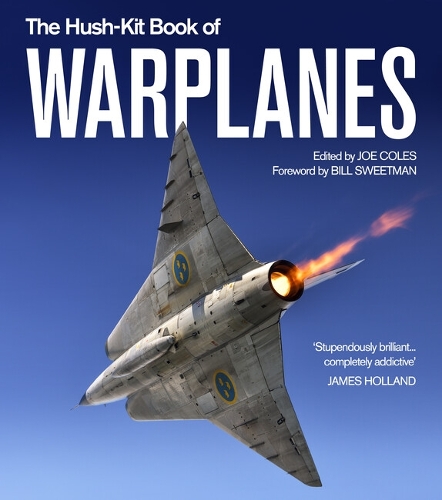
From the cocaine, blood and flying scarves of World War One dogfighting to the dark arts of modern air combat, here is an enthralling ode to these brutally exciting killing machines.
The Hush-Kit Book of Warplanes is a beautifully designed, highly visual, collection of the best articles from the fascinating world of military aviation –hand-picked from the highly acclaimed Hush-kit online magazine (and mixed with a heavy punch of new exclusive material). It is packed with a feast of material, ranging from interviews with fighter pilots (including the English Electric Lightning, stealthy F-35B and Mach 3 MiG-25 ‘Foxbat’), to wicked satire, expert historical analysis, top 10s and all manner of things aeronautical, from the site described as:
“the thinking-man’s Top Gear… but for planes”.
The solid well-researched information about aeroplanes is brilliantly combined with an irreverent attitude and real insight into the dangerous romantic world of combat aircraft.
FEATURING
-
-
-
- Interviews with pilots of the F-14 Tomcat, Mirage, Typhoon, MiG-25, English Electric Lighting, Harrier, F-15, B-52 and many more.
- Engaging Top (and bottom) 10s including: Greatest fighter aircraft of World War II, Worst British aircraft, Worst Soviet aircraft and many more insanely specific ones.
- Expert analysis of weapons, tactics and technology.
- A look into art and culture’s love affair with the aeroplane.
- Bizarre moments in aviation history.
- Fascinating insights into exceptionally obscure warplanes.
-
-
The book is a stunning object: an essential addition to the library of anyone with even a passing interest in the high-flying world of warplanes, and featuring first-rate photography and a wealth of new world-class illustrations.



Very nice piece Hush Kit. Interesting, previously unknown things! How many aircraft have.had the canopy hinge forward like on the Ye-150? I’m thinking not many?
Early models of the MiG-21 had the forward hinged canopy. During an ejection, the canopy would eject with the seat to protect the pilot from high speed wind blast and then separate.
It worked well in high-speed/high-altitude ejections but during a low altitude ejection it might not separate in time.
Then there are the ones we DON’T know about.
See also the “on-paper only” airplane by Boris Ivanovitch Cheranovsky, to follow up on his successful “flying wing” BICh-7 and 20
BICh-17 with monster radial engine and 2x80mm recoilless cannon in the wings. Lack of interest in the strange plane left it dependent on the guns, which were problematic.
http://www.ctrl-c.liu.se/misc/ram/bich-17.html